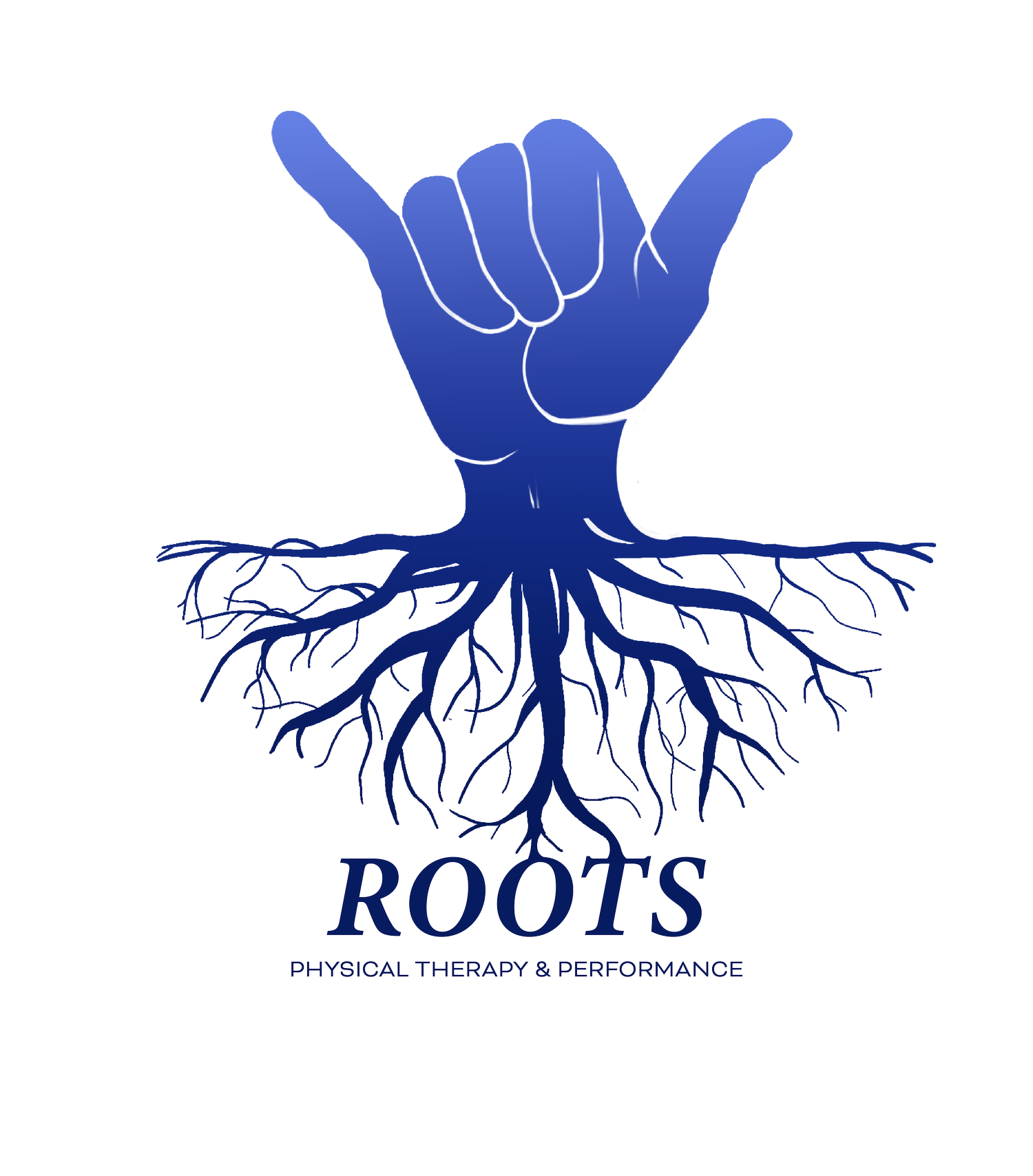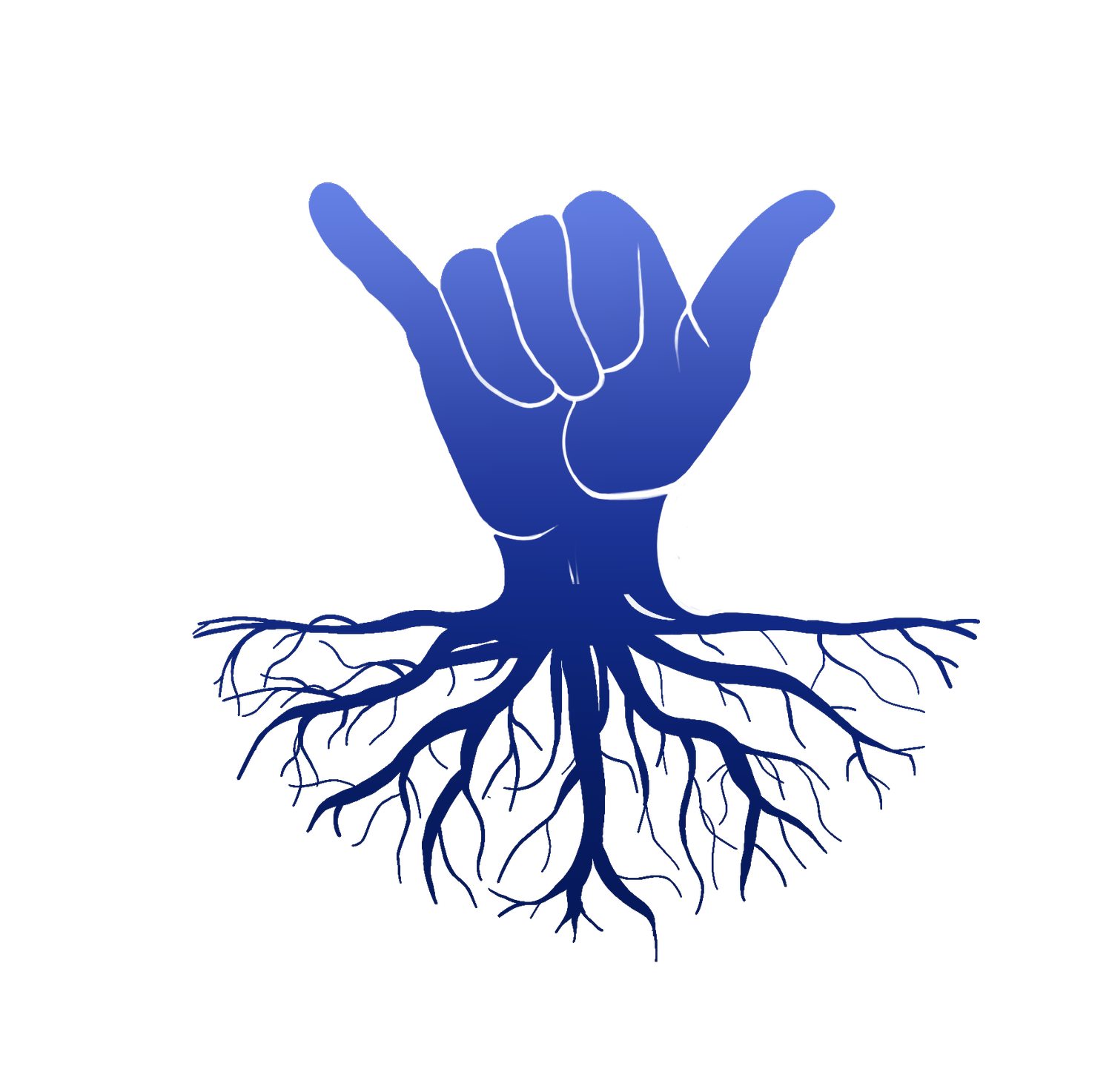Unlocking the Power of Manual Treatment in Physical Therapy: A Research-Based Perspective
In the evolving world of physical therapy, manual treatment stands out as a cornerstone technique. This hands-on approach, emphasizing direct physical interaction between therapist and patient, has garnered significant attention in recent research for its effectiveness. In this article, we'll explore the science-backed benefits of manual treatment in physical therapy and why it's a key component of rehabilitation.
What is Manual Treatment?
Manual treatment in physical therapy involves using hands-on techniques to manipulate muscles and joints. It includes a range of methods such as massage, mobilization, and manipulation, all aimed at relieving pain, improving movement, and enhancing overall function.
Research-Backed Benefits of Manual Treatment:
Pain Reduction: A study published in the Journal of Physical Therapy Science (2020) showed that manual therapy significantly reduced pain in patients with musculoskeletal disorders. By directly targeting affected areas, manual techniques help in alleviating pain more effectively than some conventional treatments.
Improved Mobility and Function: According to research in the Archives of Physical Medicine and Rehabilitation (2019), patients receiving manual therapy experienced notable improvements in mobility and functional capacity. This is particularly crucial for individuals recovering from injuries or surgeries.
Enhanced Muscle Function: Manual treatment has been shown to improve muscle function, as highlighted in a 2021 study in the Journal of Manual & Manipulative Therapy. The study found that manual techniques could reduce muscle stiffness and enhance muscle performance, which is vital for athletes and active individuals.
Quicker Recovery Times: A 2022 study from the American Journal of Sports Medicine reported that athletes who received manual therapy alongside conventional treatments had faster recovery times. This is especially beneficial for sports-related injuries, where a quick return to activity is desired.
Reduced Reliance on Medication: The Spine Journal (2021) published findings indicating that manual therapy could reduce the need for pain medication in patients with chronic back pain. This approach provides a non-pharmacological option for pain management.
Conclusion:
The benefits of manual treatment in physical therapy are clear and supported by recent research. This hands-on approach not only alleviates pain and improves mobility but also contributes to quicker recoveries and less dependence on medication. Whether you're an athlete, dealing with a chronic condition, or recovering from an injury, manual treatment offers a promising path to better health and well-being.
Seeking Manual Therapy?
If you're interested in exploring the benefits of manual treatment, consult with a qualified physical therapist who can provide a personalized approach based on your specific needs.

